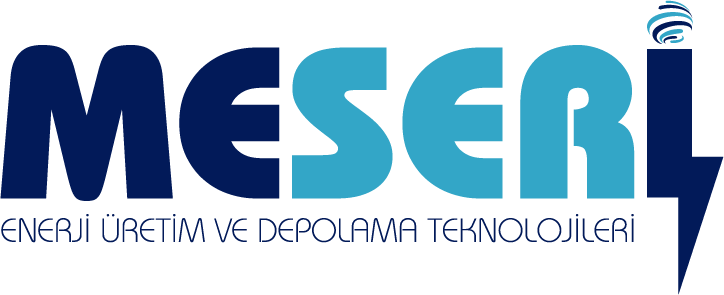About Meseri Energy
At Meseri Energy, we specialize in cutting-edge energy production and storage technologies. Our solutions cater to the growing demand for efficient and sustainable energy systems, offering advanced products in two primary areas:
Battery Energy Storage Systems (BESS)
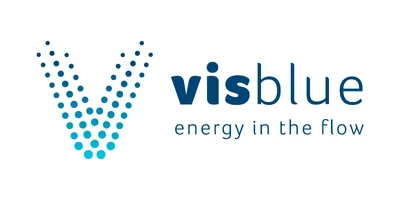
Visblue
Vanadium Redox Flow Battery Technology for scalable grid-scale storage

WEST
Supercapacitor Module Technology for rapid response energy management
Solar System Solutions

LAMARU®
Floating Solar Structures for water-based installations

LANDBLOCK®
Self-Ballast Solar Structures for efficient ground mounting
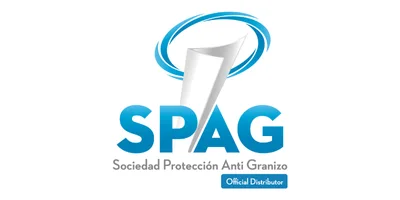
SPAG
Hail Damage Protection System for enhanced durability and longevity
At Meseri Energy, we combine these technologies to deliver integrated energy solutions that meet the evolving demands of modern power infrastructure while ensuring reliability and sustainability. With a focus on innovation and reliability, Meseri Energy is committed to delivering sustainable solutions that empower industries and communities worldwide.
Storage and Pricing Options
Storage-integrated generation facilities must adhere to specific criteria. The generation facility and storage unit must share the same site. The generation facility’s installed electrical capacity (MWe) cannot exceed that of the storage unit; partial acceptances allow RES/GES commissioning up to the storage facility’s commissioned capacity. Minimum installed capacity for the generation facility is 20 MWe for RES and 10 MWe for GES, with a maximum of 250 MWe. Storage capacity must equal or exceed the installed storage capacity (e.g., 10 MWe/10 MWh). The generation facility’s MWm/WMp value cannot exceed twice its MWe value (e.g., a 10 MWe facility can have a 20 MWm installation).
Storage and Pricing Definitions
- Arbitrage: Buying low and selling high. Paid per MWh.
- Capacity: This is typically a fixed payment to ensure that batteries are available with minimum power and energy output for specific periods. Essentially, it can be thought of as a reserve. Paid per MW/MWh.
- Balancing: Basically, this helps the grid achieve a balance between generation and consumption. Paid per MW/MWh.
- Frequency control: Given the rapid response of batteries, it helps the grid maintain a stable frequency. Paid per MW.
- Other ancillary services: Includes reactive power, voltage, and other services.
Currently, frequency control is the most profitable service in almost every market (where available).
Benefits of Energy Storage
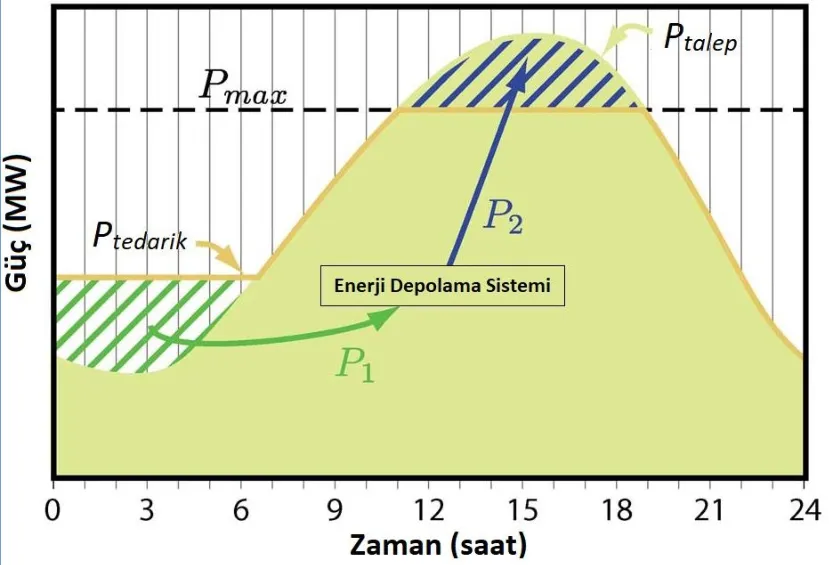
Providing Reserve Capacity
It can help meet sudden and unforeseen energy demands in the energy system and supply energy to the system in case of failures in transmission lines or power generation facilities.
Peak Shaving
Energy storage systems can supply energy to the system during peak demand hours, reducing the peak energy drawn from the grid.

Renewable Energy (RES) Facilities
Energy generated from renewable energy sources can be stored in energy storage systems to match the fluctuating energy demand throughout the day.
For example, solar power plants (PV) are intermittent sources due to weather variability. When storage is integrated with an inverter on the DC side, it becomes a robust and easily controllable system.

System Regulation
Energy storage systems can mitigate short-term fluctuations caused by changes in energy demand and enhance system reliability during instantaneous power outages.
Additionally, they can help eliminate voltage sags, harmonic distortions, and voltage fluctuations.
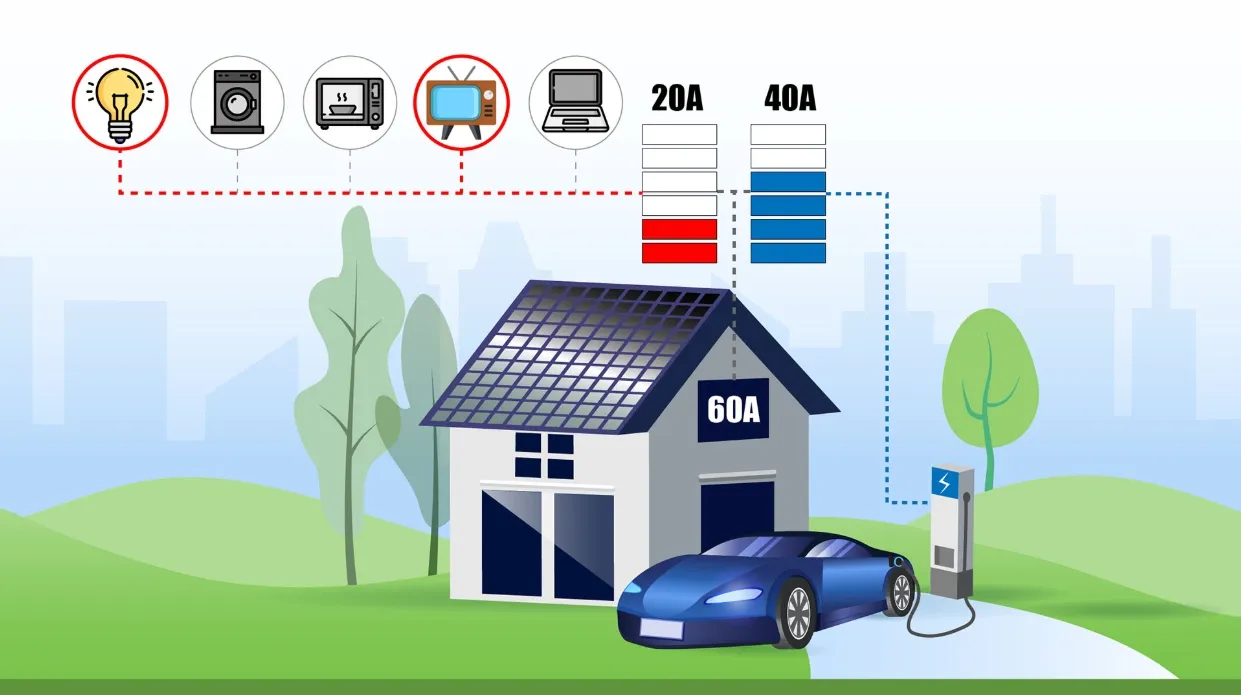
Load Balancing
During periods of low energy demand and high renewable energy generation, surplus energy can be stored in energy storage systems and injected into the system during peak hours.
